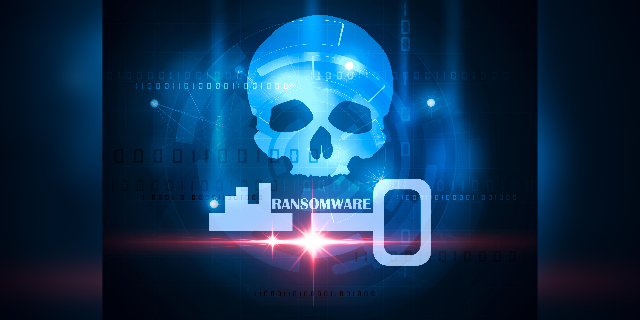The rise of cybercrime has become a serious concern for many organizations, as cybercriminals become increasingly sophisticated in their attack methods. Ransomware attacks, in particular, have become more prevalent, due in part to the emergence of ransomware-as-a-service (RaaS).
RaaS is a business model that allows attackers to use ready-made penetration testing and system administration tools to perform attacks. It also provides access to network systems from a more sophisticated criminal group, which has already breached a perimeter. Cybercriminals can purchase this network access and deploy ransomware payloads. According to Microsoft Security, more than 35 unique ransomware families and 250 unique threat actors have been tracked across observed nation-state, ransomware, and criminal activities.
In addition, cybercriminals are becoming more creative with their attack methods, using new tactics like the double-extortion method or targeting operational technology assets to disrupt critical infrastructure. These different types of attacks can impact organizations in various ways, demonstrating the ingenuity of threat actors in monetizing cybercrime.
Given the growing complexity and sophistication of these attacks, it’s essential for organizations to stay informed and take steps to ensure their cybersecurity portfolio is adequately protected. Continuous monitoring and threat intelligence can help improve visibility, allowing security teams to identify and mitigate risk.
One critical aspect of protection is customizing cybersecurity protections for a particular organization’s risk factors. Threat actors are continually evolving to confuse and evade existing cybersecurity protections, so understanding current gaps is crucial. For example, many organizations have Internet-facing assets that they are unaware of, which can result from shadow IT, mergers and acquisitions, incomplete cataloging, business partners’ exposure, or rapid business growth. A complete catalog of the organization’s environment should be built, and all Internet-facing resources must be identified, including agentless and unmanaged assets.
Continuous monitoring is also necessary because it prioritizes new vulnerabilities without the need for agents or credentials. With a complete view, organizations can mitigate risks by bringing unknown resources, endpoints, and assets under secure management. Effective cybersecurity software should empower security teams with the proper volume, depth, and scale of intelligence that tracks new and emerging threats and connects historical cyber intelligence, allowing the organization to fully understand its threat landscape. This approach enables security operations centers to better understand specific organizational threats and harden their security posture accordingly.
While these tips can help protect against ransomware, organizations must remain vigilant about staying up to date with emerging attacks and cybersecurity protection methods. As the cybersecurity market continues to grow exponentially, with the global market projected to experience a compound annual growth rate of 13.4% and grow to $376.32 billion by 2029, organizations must continue to invest in their cybersecurity portfolio to avoid becoming overwhelmed and exposed to the risk of cyber attacks. Organizational leaders must prioritize continuously monitoring their cybersecurity posture and threat intelligence to prevent ransomware attacks and other cybersecurity threats.
